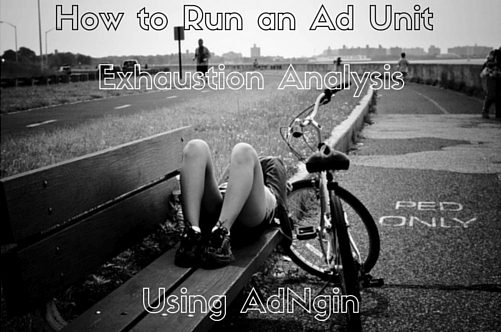How to Capture Consumer Experiences: A Context-Specific Approach To Measuring Engagement
How to Capture Consumer Experiences: A Context-Specific Approach To Measuring Engagement
MANAGEMENT SLANT
Most conventional measures of engagement take a “one-size-fits-all” approach by generating a fixed set of scale items.
The authors instead suggest a flexible approach for measuring engagement based on qualitatively rich, context-specific experiences that can vary across brands and products.
This flexible-measurement approach is well suited to the engagement construct and highly predictive of consumer behavior, sometimes more so than traditional fixed-scale measures such as satisfaction.
In addition to monitoring satisfaction, marketers should develop and study engagement metrics (ideally by focusing on experiences that relate to consumers’ goals) to attain a multifaceted understanding of their customers.
INTRODUCTION
Over the past 15 years, the construct of engagement has gathered considerable momentum as a way of expanding marketers’ insight into consumers. Practitioners and academics have devoted substantial attention to both explaining and measuring the engagement construct, as evidenced by over 16,400 articles currently returned in Google Scholar from searches for either “customer engagement” or “consumer engagement” (searches conducted on August 17, 2015).
Yet, a recent list outlining the top research priorities shared by many of the largest marketing organizations in the world suggests that more work remains to be done on the topic of engagement. This list, published in 2014 by the Marketing Science Institute, a learning organization that bridges marketing theory and practice, included the following topic of interest: “How should an engagement be conceptualized, defined, and measured?” (Marketing Science Institute, 2014)
The current research sought to further advance the engagement construct and relate it to advertising practice. To that end, the authors developed a new measurement approach that examines the impact of engagement on consumption. Although most prior definitions of engagement have agreed—or at least have not precluded—that the construct is likely to be context-specific (i.e., variable across domains, product categories, and brands), most existing engagement metrics largely have failed to take this into account and instead posit a one-size-fits-all set of items to measure engagement.
In contrast, the authors of the current article contended that the experiences comprising engagement with any one product or brand can be different from those associated with another. A fixed set of items cannot capture such differences with any specificity.
This research accordingly proposed an approach to measuring engagement that would be flexible enough to accommodate context-specific indicators of experiences without altering the higher order meaning of the engagement construct. Three empirical studies examined consumer engagement with live jazz music, newspapers, and television programming.
Across disparate categories, the authors believe that these three studies provided evidence that the proposed flexible approach to measuring engagement would be predictive of consumption.
What Is Engagement?
Engagement has been a difficult concept to define, and many different definitions have been proposed. After an extensive survey of the marketing, management, and social science literatures, the current authors aligned their definition of engagement with the following (italics provided in the original definition): Customer engagement (CE) is a psychological state that occurs by virtue of interactive, co-creative customer experiences with a focal agent/object (e.g., a brand) … under a specific set of context-dependent conditions … and exists as a dynamic, iterative process …in which other relational concepts… are antecedents and/or consequences. It is a multidimensional concept subject to a context- and/or stakeholder-specific expression of relevant cognitive, emotional and/or behavioral dimensions. (Brodie, Hollebeek, and Ilic, 2011, p. 260)
Although this definition was formulated with service encounters in mind, the authors of the current article believe that it represents an emerging view in marketing that locates engagement as a state that arises from experiences that are context-specific (i.e., domain, category, or brand specific).
Engagement, under this definition, arises out of the different ways in which a product or service is experienced. These experiences reflect the individual’s interaction with the product over time as a way of accomplishing personal goals (Calder and Malthouse, 2008). The level of engagement arising from these experiences can, in turn, affect behavioral variables, including the extent to which the product is consumed.
Others have defined customer engagement as “the intensity of an individual’s participation in and connection with an organization’s offerings or organizational activities, which either the customer or the organization initiates” (Vivek, Beatty, and Morgan, 2012). This definition captured the notion that experiences exist on a continuum ranging from detached to intense: High engagement comes from rich qualitative “felt” experiences that produce “a proactive, interactive customer relationship with a specific engagement object” (Brodie et al., 2011, p. 257).


 September 30th, 2021
September 30th, 2021



As I’m unable to add image to this post, I will try to show you the image in text from…